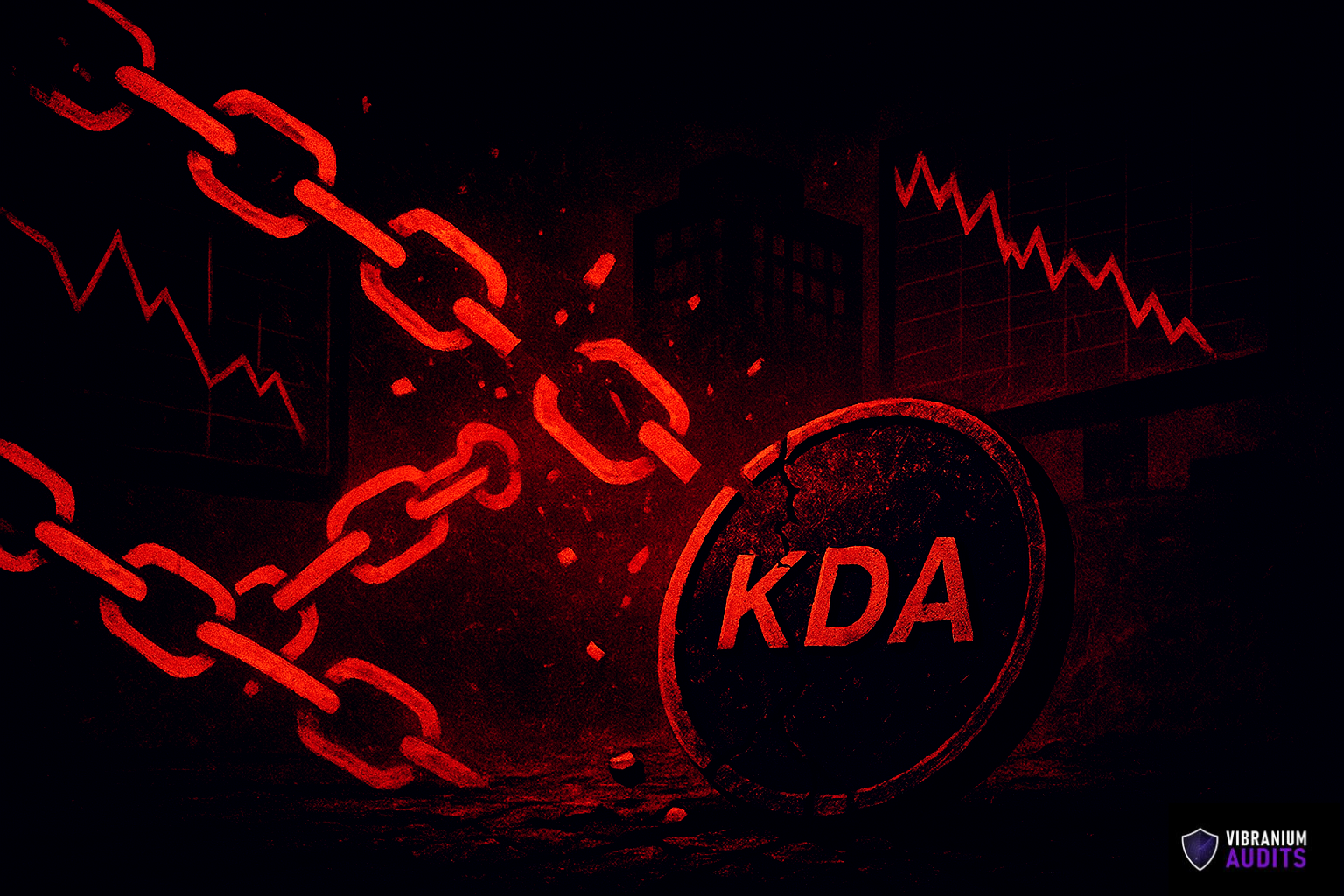Introduction
In the fast-paced world of blockchain technology and cryptocurrencies, security is of utmost importance. As the decentralized nature of blockchain networks introduces new challenges, organizations are turning to bug bounties to bolster their security measures. Bug bounties are programs that encourage security researchers and ethical hackers to find and report vulnerabilities in software, websites, or systems. While bug bounties can be a valuable tool in enhancing the security of blockchain networks, they also come with mixed results. This article explores the benefits and challenges of bug bounty programs in the context of securing blockchain networks.
The Significance of Bug Bounties
Bug bounties have gained significant traction in the cybersecurity landscape. They offer a proactive approach to security by incentivizing external researchers to discover vulnerabilities before malicious actors can exploit them. Blockchain networks, with their decentralized and trustless nature, can greatly benefit from bug bounty programs. By leveraging the expertise of security researchers, organizations can identify and rectify potential weaknesses, thus safeguarding the integrity and reliability of their blockchain systems.
Bug bounties also foster a collaborative environment between the organization and the security community. Security researchers gain recognition for their findings, and organizations strengthen their security posture through the continuous improvement of their networks.
The Role of Bug Bounties in Blockchain Security
Blockchain networks, such as those underpinning cryptocurrencies and decentralized applications (dApps), face unique security challenges. The immutable nature of blockchain transactions and the decentralized consensus mechanism add layers of complexity to security assessments. Here's how bug bounties play a pivotal role in securing blockchain networks:
1. Identifying Vulnerabilities
Bug bounty programs enable organizations to tap into a diverse talent pool of security researchers with varying expertise. These researchers can analyze blockchain code, smart contracts, and network infrastructure to identify potential vulnerabilities. By discovering and reporting these weaknesses, organizations can take proactive measures to mitigate security risks.
2. Enhancing Transparency
Bug bounty programs promote transparency within the blockchain community. By engaging with security researchers and encouraging responsible disclosure, organizations demonstrate their commitment to addressing security concerns openly. This transparency builds trust among users and investors, enhancing the overall reputation of the blockchain network.
3. Proactive Security Measures
Blockchain networks operate in a highly dynamic and evolving environment. Bug bounties provide a proactive approach to security by allowing organizations to stay ahead of potential threats. Regular assessments and bug discovery help maintain the resilience of the network and reduce the chances of successful attacks.
4. Community Involvement
Bug bounty programs engage the wider security community in the protection of blockchain networks. By involving external researchers, organizations gain access to a broader range of perspectives and skill sets. This collective effort strengthens the overall security of the blockchain ecosystem.
Mixed Results of Bug Bounty Programs
While bug bounties offer numerous benefits, they also face certain challenges that can lead to mixed results:
1. Scope Limitations
The effectiveness of bug bounty programs heavily depends on the defined scope of the program. Narrow or ambiguous scopes may result in missed vulnerabilities or overlooked attack vectors. To ensure comprehensive security coverage, organizations must clearly define the scope of the bug bounty program.
2. Variable Skill Levels
Bug bounty programs attract researchers with varying levels of expertise. While some may be highly skilled, others may lack the necessary proficiency to identify complex vulnerabilities. This variability can impact the quality and depth of vulnerability reports received by the organization.
3. Reward Structure
The reward structure of bug bounty programs can also influence the outcomes. Insufficient rewards may discourage researchers from investing significant time and effort, leading to a lower level of participation. On the other hand, excessively high rewards may attract malicious actors seeking monetary gain rather than responsibly disclosing vulnerabilities.
4. Responsiveness and Patching
The success of bug bounty programs relies on organizations' ability to promptly address reported vulnerabilities. Delays in acknowledgment or patching may demotivate researchers and create a perception of negligence on the part of the organization.
5. Legal Implications
While many bug bounty programs encourage responsible disclosure, legal implications can still be a concern for researchers. Ambiguous terms and conditions, coupled with varying jurisdictional laws, can create uncertainty and deter researchers from participating in bug bounty programs.
Striking a Balance for Effective Bug Bounties
To ensure the effectiveness of bug bounty programs in securing blockchain networks, organizations must strike a balance between several key factors:
1. Clear Scope and Guidelines
Defining a clear scope and guidelines for bug bounty programs is essential. Organizations must specify the types of vulnerabilities they are interested in, the eligible targets, and the reward structure. Providing researchers with a well-defined framework ensures focused efforts and relevant vulnerability reports.
2. Fair and Competitive Rewards
Offering fair and competitive rewards is crucial for attracting skilled researchers and incentivizing their participation. Organizations should conduct market research to determine appropriate reward levels that align with the severity of reported vulnerabilities.
3. Efficient Communication and Patching
Maintaining efficient communication channels and prompt patching procedures demonstrate the organization's commitment to security. Responsiveness to researchers' reports fosters a positive relationship and encourages ongoing collaboration.
4. Legal Clarity
Ensuring legal clarity and protection for researchers encourages responsible disclosure and participation in bug bounty programs. Organizations should consult legal experts to draft comprehensive terms and conditions that provide a clear understanding of the legal framework for researchers.
Conclusion
Bug bounties have emerged as valuable tools in the quest to secure blockchain networks. They offer a collaborative and proactive approach to identifying vulnerabilities, promoting transparency, and involving the wider security community. However, bug bounty programs also face challenges that can impact their results. By striking a balance between clear guidelines, fair rewards, efficient communication, and legal clarity, organizations can maximize the benefits of bug bounties and strengthen the security of their blockchain networks.










